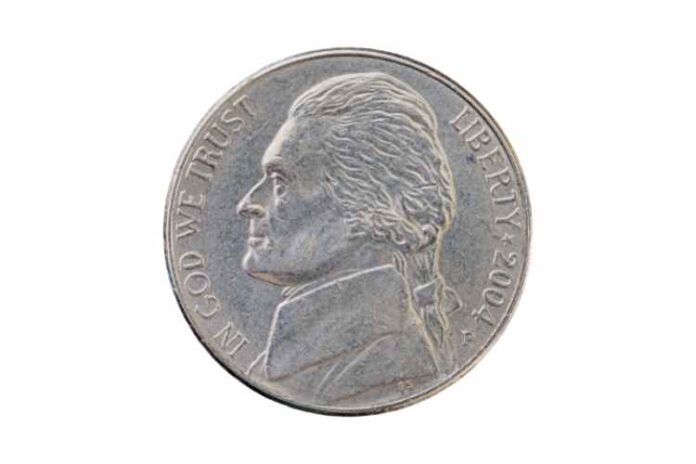It’s easy to see why people enjoy numismatics. You get to collect valuable coins and bullion, and you learn a great deal about the history of coins. Among all U.S. coins, one of the tremendous historical U.S. coins is the old 5-cent coin featuring a buffalo.
You cannot collect coins without adding this coin to your collection. It’s a must-have collectible. Moreover, this series of coins features the renowned three-legged Buffalo – one of those coin mistakes collectors love finding and collecting.
So, if you happen to find a Buffalo Nickel that features a 3-legged buffalo, dated 1937, you’ve found the coin that most collectors of Buffalo Nickels covet. The nickel, also known as the Indian head nickel, is a five-cent piece that James Earl Frasier, a sculptor, created in 1912.
The History Behind the Nickel
The San Francisco Mint, Philadelphia Mint, and Denver Mint produced the Buffalo Nickel for quite a long time. It was produced for a quarter of a century – from 1913 to 1938.
The design for the nickel came about after President Theodore Roosevelt, in 1904, requested the services of Augustus Saint Gaudens to redesign and upgrade the look of several pieces of U.S. currency.
The designer, a sculptor, created a new design for two gold coins of $10 and $20 denominations.
When Saint Gaudens died in 1909, designers continued creating more coin designs. While Charles Barber, the U.S. Mint’s principal engraver, made some new nickel designs, the director of the U.S. Mint, Abram Andrews, liked James Earl Fraser’s design better.
Fraser, who had been Saint Gaudens’ assistant, had initially created the ‘Buffalo Nickel design’ for use on the U.S. penny. However, officials at the Mint decided to adopt the Indian head (obverse) and buffalo (reverse) coin engravings for the nickel.
Therefore, the coin’s obverse side is the front (heads), and the reverse side (tails) is the back. The Indian head/Buffalo Nickel shows an engraving of a Native American chief on the front. At the same time, the reverse depicts a buffalo – an animal-based on what many historians believe to be Black Diamond, who lived at New York City’s zoo at the time.
An Error at the Denver Mint
A week after the coin was placed into circulation, Charles Barber, the U.S. Mint’s chief engraver, expressed worry about the dies used for manufacturing the currency. To correct the issue, the engraver presented several design modifications. However, the revisions did not resolve the problem and, in some cases, made it worse.
Nevertheless, production continued, and in 1937, an employee at the Denver mint made what is now a “valuable” error. When he removed the clash marks on the coin, he also removed one of the buffalo’s legs. No one noticed the mistake until the Mint had produced thousands of the cash and introduced them into circulation.
Average Values for the Three-Legged Buffalo Today
Today, the coveted coins, displaying the 3-legged buffalo, are worth around $720 in average condition. If they are in Uncirculated or in Mint condition, they usually range from just $2,800 to about $5,840 in price. However, one Mint-graded coin (66+) was almost $100,000.
The Denver Mint released around 17,800,000 of the three-legged coins in 1937. They were composed of a 25% nickel and 75% copper blend.
A Key Coin Date
Among precious metal coins that were part of the U.S. currency, the 3-legged Buffalo D-Mint nickel is distinguished as one of the most famous and historic numismatically.
One Rare Coin: The Buffalo Nickel
The 3-legged Buffalo Nickel can be worth far more than its face value. Besides the 3-legged Buffalo, even other Buffalo Nickels can be worth a lot of money. For example, on average, some coins can list as high as $300,000. That is why adding this coin to your collection can be pretty lucrative if not historically interesting.


